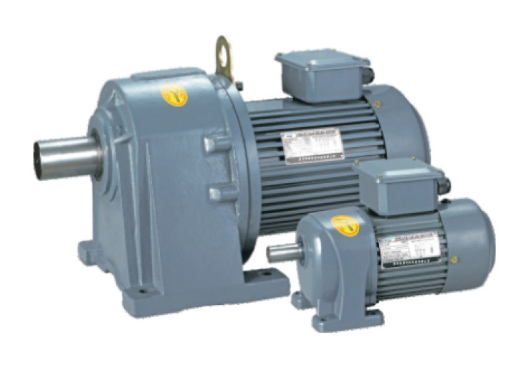What are DC Gear Motors
1. Overview of DC Gear Motors
DC gear motors are a device used to regulate the speed of a DC motor. It connects to an AC power source at the input end and to the DC motor at the output end. The DC speed controller converts AC power into two DC outputs: one supplying the DC motor’s field winding and the other supplying the armature. By controlling the DC voltage of the armature, the DC speed controller adjusts the motor speed.
2. Application Scenarios for DC Gear Motors
DC gear motors are preferred in the following situations:
- When high torque is required at low speeds.
- When rapid dynamic response is necessary.
- When a wide speed adjustment range is needed.
- When precise overload protection is required, automatically limiting overcurrent within preset values.
- When smooth acceleration and deceleration transitions are essential.
These characteristics make DC gear motors widely used in applications such as lathes, rolling mills, lifting equipment, elevators, pumps, and fans.
3. Advantages of Speed Control in DC Motors
To optimize production processes, adjusting motor speed improves operational efficiency. By matching motor speed to varying mechanical load requirements, efficiency can be significantly enhanced. Selecting and using the appropriate speed control equipment is crucial to meeting modern industrial process requirements, increasing production output, and improving product quality.
In industries such as mining, manufacturing, and energy, speed-controlled motors are extensively used in fans, pumps, and oil transportation systems. Previously, flow rate adjustments were made by changing pipeline resistance using valves, a method that often led to energy wastage. Modern speed-controlled motors provide a more efficient alternative: instead of adjusting flow through mechanical resistance, speed variation directly regulates flow, aligning energy consumption with actual demand.
By reducing motor speed as needed, energy consumption decreases proportionally, leading to significant electricity savings. In contrast, traditional valve-based flow control does not reduce motor speed, meaning energy consumption remains constant even when flow is reduced. This highlights the efficiency and energy-saving benefits of speed-controlled DC motors in industrial applications.

